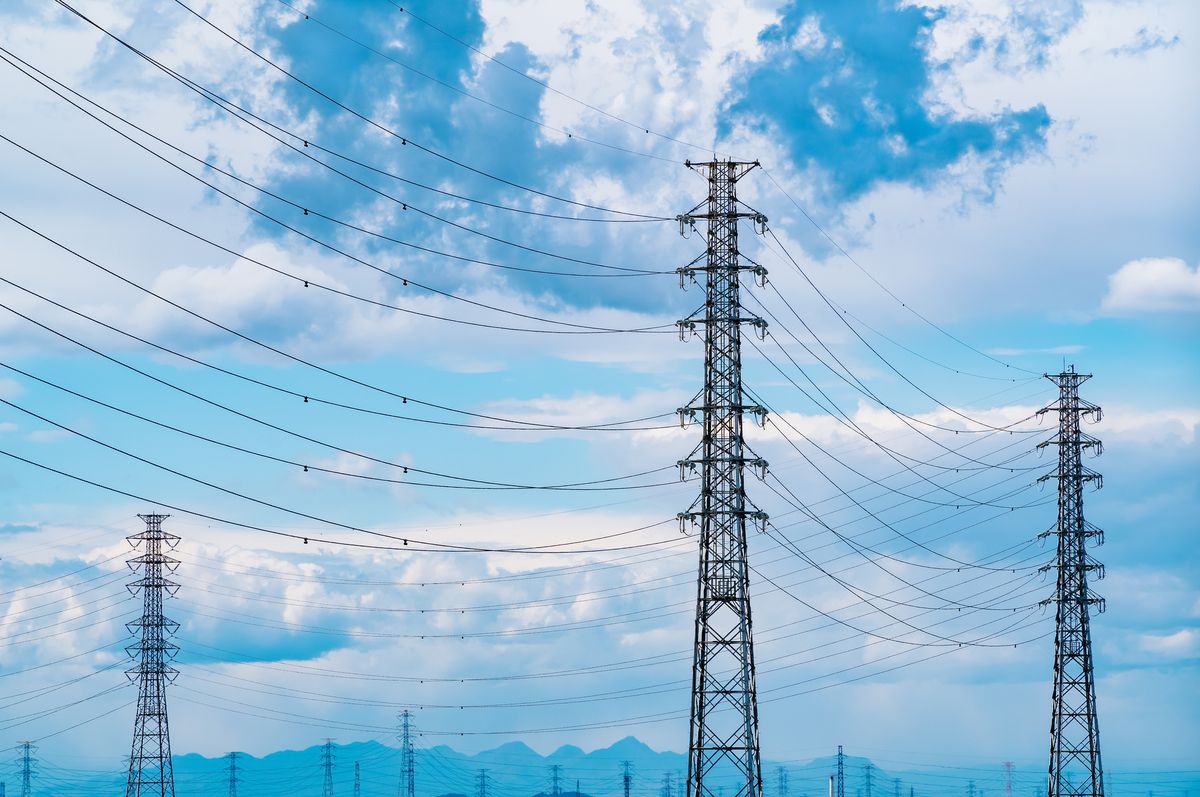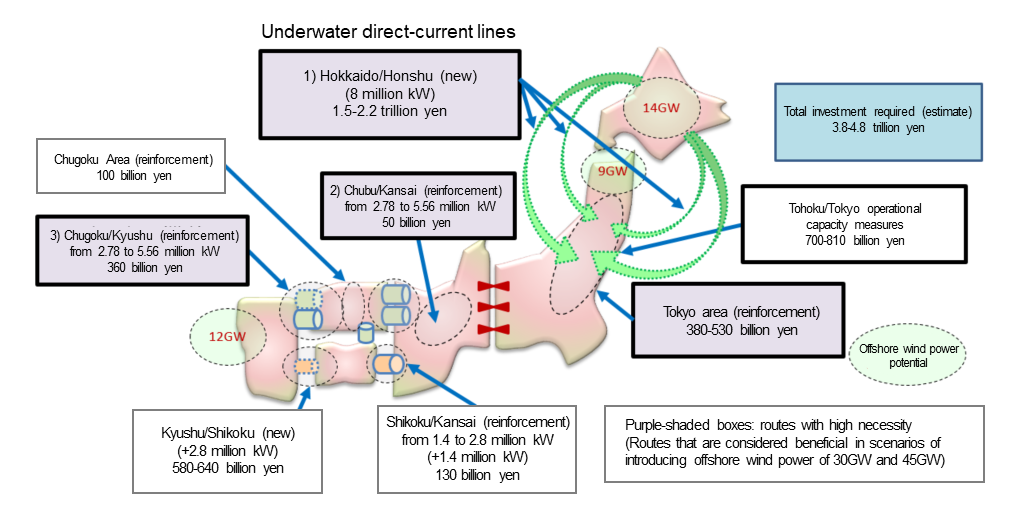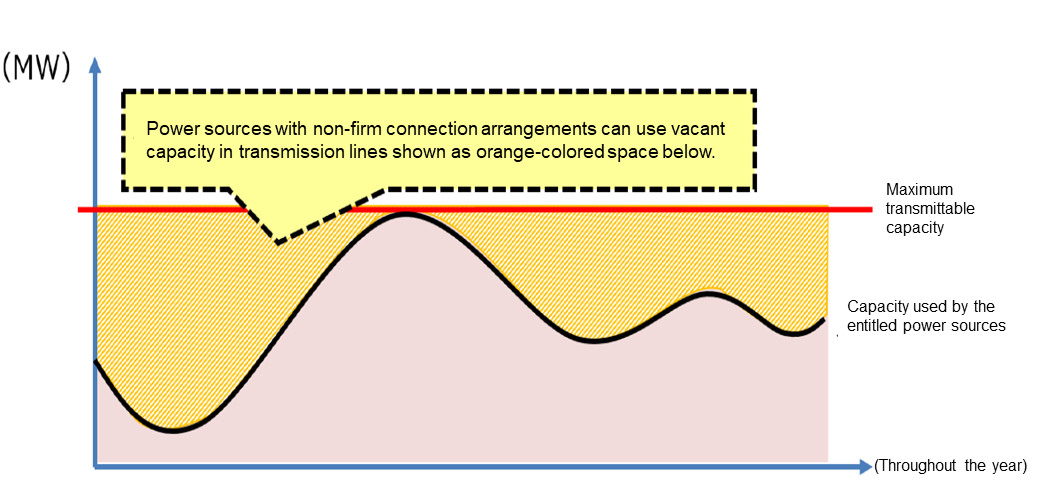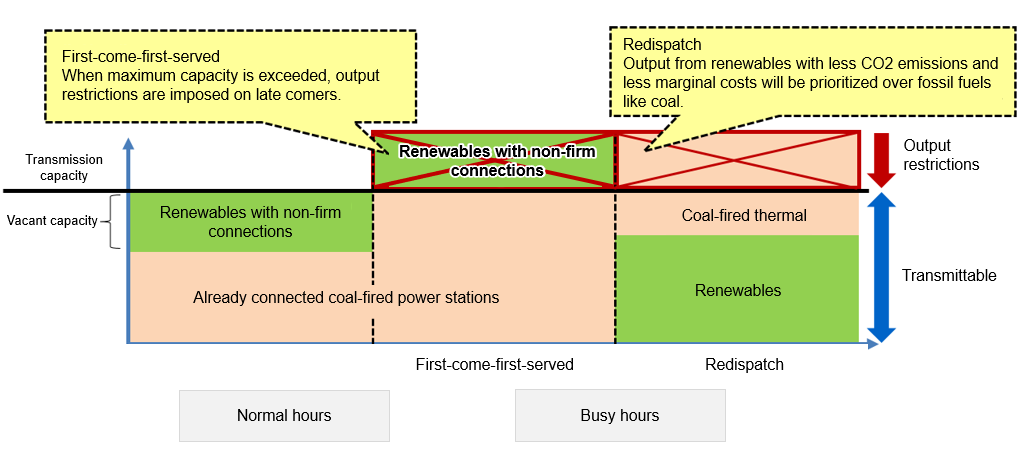Here’s more about the 6th Strategic Energy Plan
Efforts to overcome “grid constraints” toward expanding the introduction of renewable energy
(in provisional translation)
(English ver.) 2022-12-26

On October 22, 2021, the Government of Japan published the 6th Strategic Energy Plan to show the direction of Japan’s energy policy. It explains our climate-related efforts to overcome challenges toward achieving carbon neutrality by 2050. It also covers policies to solve various issues in relation to the energy supply/demand structure of Japan. From the topics covered by the 6th Strategic Energy Plan, this article focuses on our efforts and policies to overcome “grid constraints” toward introducing large volumes of renewable energy.
Power system reform to maximize the potential of renewable energy
The power system that transmits electricity from a power station to consumers has limitations in its capacity. The existing power system in Japan cannot fully utilize the potential of renewable energy. Due to the limited capacity of power grids, there are some cases where electricity generated by renewables cannot be supplied to the transmission lines. These difficulties, referred to as “grid constraints,” are increasingly coming to the fore as more and more renewable energy power stations come into operation.
Toward achieving carbon neutrality by 2050, it is essential to introduce large volumes of renewable energy. To this end, fundamental changes must be made in the utilization of the existing power grids, not to mention their reinforcement.
The latest Strategic Energy Plan proposed two basic measures to address the issue of grid constraints. These measures are (1) power grid reinforcement, and (2) sophistication of operations of the existing power grids to fully utilize them.
Reinforcement of transmission lines to increase capacity
The power system in Japan is managed independently by each region in terms of supply and demand, and different regions are connected through cross-regional interconnection lines. To fundamentally solve the issue of grid constraints, transmission networks must be reinforced including by the introduction of additional cross-regional interconnection lines and trunk lines in each region. A master plan is currently being formulated toward constructing efficient transmission networks across the nation. It will determine the networks that need to be reinforced and draw up detailed plans for their reinforcement. An interim report on the master plan was compiled in May 2021.
Interim report on the master plan (an example based on the scenario of uneven distribution of power generation sources totaling 45GW)

(Source) Interim report compiled by the Committee for a Master Plan of Nation-Wide Power Transmission Networks and Proper Utilization Rules
Among reinforcement and construction projects that are underway nationwide, the largest is the construction project for cross-regional transmission lines between Hokkaido and Honshu. This project, if realized, will directly connect Hokkaido, where large volumes of renewables such as wind power are expected to be introduced, with Honshu, where huge demand for electricity exists, through underwater cables transmitting ultra-high voltage direct current. This is an unprecedented project in Japan as we have no experience of transmitting direct-current over long distances via underwater cables. It is necessary to undertake thorough deliberations regarding cost and time required for construction, the ideal route, and technology for direct-current transmission.
The master plan is still under review with a view to finalizing it within FY2022. Once finalized, detailed plans for each project will be discussed in the committee for final authorization. Therefore, it will take some time for the project to be given the go-ahead.
There are some projects already underway for reinforcement outside the master plan. Reinforcement plans for interconnection lines such as Hokkaido/Honshu, Tohoku/Tokyo, and Tokyo/Chubu are underway, aiming for completion in FY2027.
These projects will make control of the output from renewable energy less necessary, increasing its potential and are also expected to enhance the resilience to disasters by smoothing out electricity transmission between regions.
Reviewing power grid operations for easier connection for renewable energy
Power grid reinforcement is fundamentally essential in removing grid constraints, but it will take time to make it operational. In the meantime, to maximize the utilization of the existing power networks, the rules in relation to grid connections are being reviewed.
“Non-firm connection” to be expanded
One of the rules under review is in relation to the connection method referred to as a “non-firm connection,” with a view to further expanding it.
“Non-firm connection” has also been dubbed “Japanese version of connect and manage.” It is an operation method that enables the utilization of vacant capacity that the entitled power stations are not using when they are inoperative. On the condition that output restrictions will be imposed when transmission lines get busy, connections to the grid by renewable energy power sources are permitted whenever there is vacant capacity in the grid.
Utilization of transmission lines by non-firm connection

Non-firm connection arrangements are increasing steadily. From January 2021, acceptance of applications for connections to trunk transmission lines started nationwide. The total capacity of applications for consideration of connections amounted to 29.1 million kW, out of which 2.6 million kW applied for non-firm connection arrangements (as of December 2021). However, most renewable energy sources are connected to local grids instead of trunk grids. Therefore, to expand renewable energy to become a primary source of power, it is necessary for non-firm connections to be applied to local grids as well. Discussions are taking place with a view to accepting applications for non-firm connection to local grids around the end of FY2022.
Priority to be given to renewable energy by reviewing the rules
Usage of transmission lines is determined on a first-come-first-served basis, which is currently under review.
Under the current rule, transmission line capacity is granted in chronological order of receipt of applications in view of fairness and transparency. However, under this system a coal-fired power plant, for example, would be given priority over a renewable power plant that entered into contract at a later date. This contradicts the policy of actively introducing renewable energy. Therefore, the current rule on grid connection is being reviewed on the premise of S + 3E* so that when the transmission lines get busy, output restrictions can be imposed first on power plants such as coal-fired ones with priority given to renewables with no CO2 emissions and no fuel costs. The new system, which is referred to as “redispatch,” will start sometime in 2022. Further study is being conducted for the introduction of a new system in the future to allow a power source that can supply electricity at a lower market price to obtain priority connection to the grid.
Efforts will be made to expand the introduction of renewable energy by overcoming grid constraints in the various ways explained above. We are also aiming for transition to the next-generation power networks with enhanced resilience.
Division in charge
About the article
Office for Electricity Transmission and Distribution Policy, Electricity Infrastructure Division, Electricity and Gas Industry Department, ANRE
About Special Contents
Research and Public Relations Office, Commissioner’s Secretariat, ANRE
![]() The original Japanese text of this article; Click here
The original Japanese text of this article; Click here
